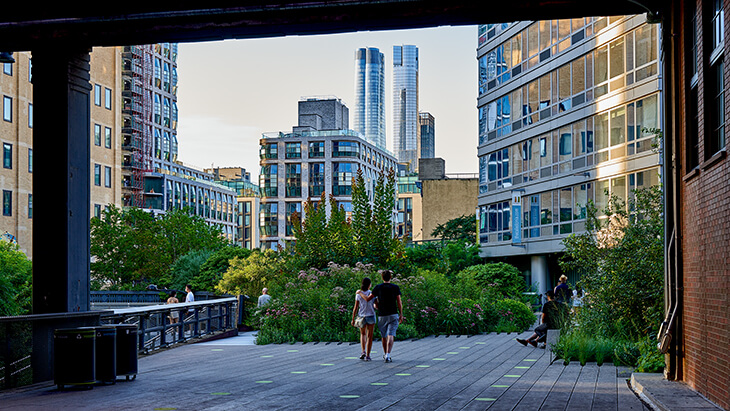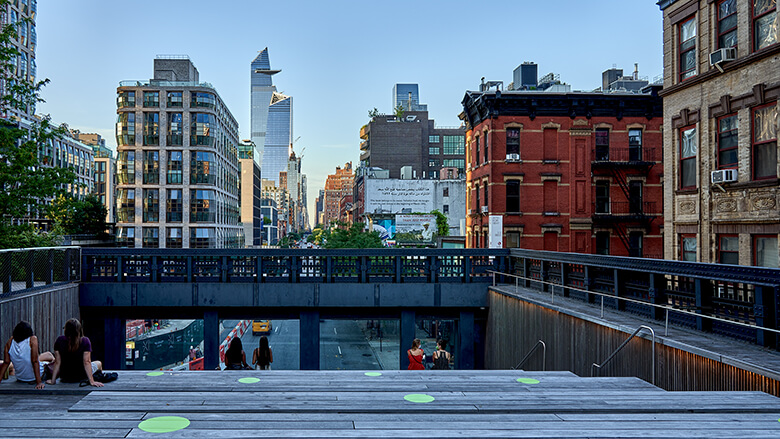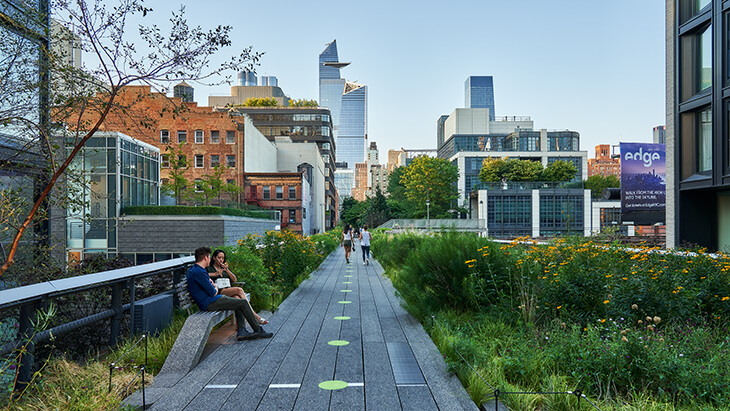The High Line is a unique urban park in New York City that has become a popular destination for tourists and locals alike. Built on a former elevated freight rail line, the High Line offers a different perspective on the city’s architecture and green spaces. In this article, we’ll explore the history of the High Line, its development, and its features.
The High Line was originally built in the 1930s as part of the West Side Improvement Project. The project aimed to improve freight transportation on the West Side of Manhattan by elevating trains above street-level traffic. The elevated tracks ran from 34th Street to St. John’s Park Terminal, which was located in what is now Tribeca.
The High Line was in use until 1980 when the last train ran on the tracks. The following year, the High Line was slated for demolition. However, a group of residents formed Friends of the High Line to save the structure and turn it into a public space.

The Friends of the High Line worked for years to convince the city to repurpose the High Line as a public park. In 2002, the group received a grant from the J.M. Kaplan Fund to commission a feasibility study for the park’s development.
The study concluded that the High Line could be turned into a public park and garden, and the project gained momentum. In 2004, the city committed $50 million to the park’s development, and construction began in 2006.
The first section of the High Line opened to the public in 2009, running from Gansevoort Street to 20th Street. The second section, from 20th Street to 30th Street, opened in 2011. Today, the High Line runs from Gansevoort Street to 34th Street and attracts millions of visitors each year.

The High Line offers a unique perspective on New York City’s architecture and green spaces. The park’s design incorporates elements of the original railway, such as the tracks, steel columns, and rail yards. The park also features a variety of plants, including native species, that have adapted to the High Line’s unique environment.
One of the most popular features of the High Line is the seating areas and overlooks that offer views of the city skyline. The park also hosts art installations and performances throughout the year.
The High Line has become a model for urban park development, inspiring similar projects around the world. It has revitalized the neighborhood around it, attracting new businesses and residents. The park’s success is a testament to the power of community action and the value of repurposing urban infrastructure.
